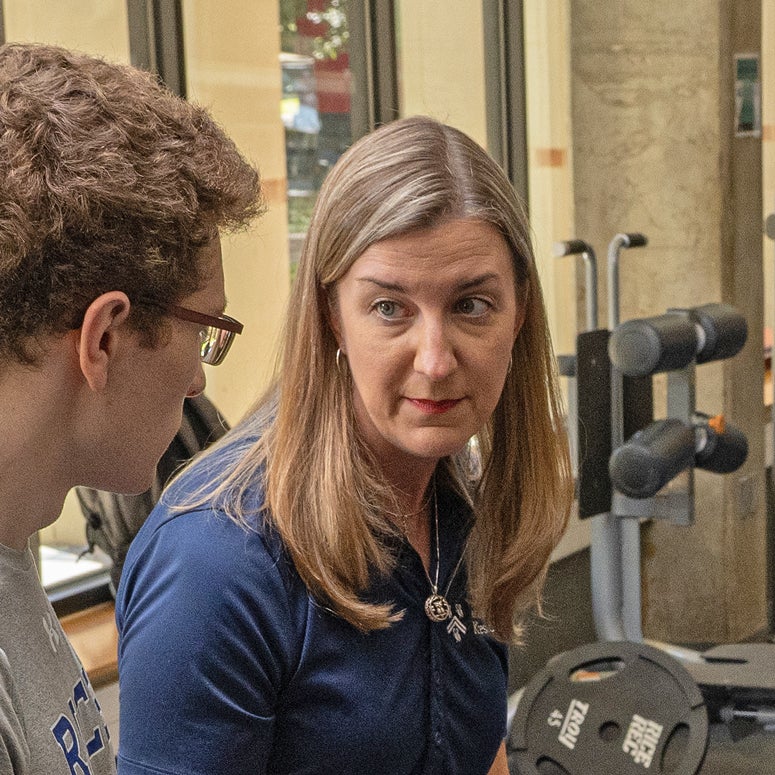
Kinesiology’s Laura Kabiri has made transformative use of teaching technology online and in-person, broadening the reach of the Weiss School and making its impact accessible to all.
In a 2019 reboot of KINE 300: Human Anatomy, Kabiri created a widely available course where any Rice student could learn about the human body by dissecting realistic, virtual cadavers created from CAT and MRI scans of real people. Unlike physical dissections, the virtual variety allows students to view organs, and their location in the body, from any angle. KINE 300 garnered Kabiri the Human Anatomy and Physiology Society’s top national teaching technology prize, the Sam Drogo Technology in the Classroom Award, in 2022.
Her nine online Coursera courses are offered as three specializations — Medical Terminology and both beginning and advanced Human Anatomy and Physiology — cover the entire human body, and aim to create empowered patients and consumers of healthcare. They have been taken by over 65,000 students worldwide and are among Rice Online’s most highly rated Coursera offerings.


